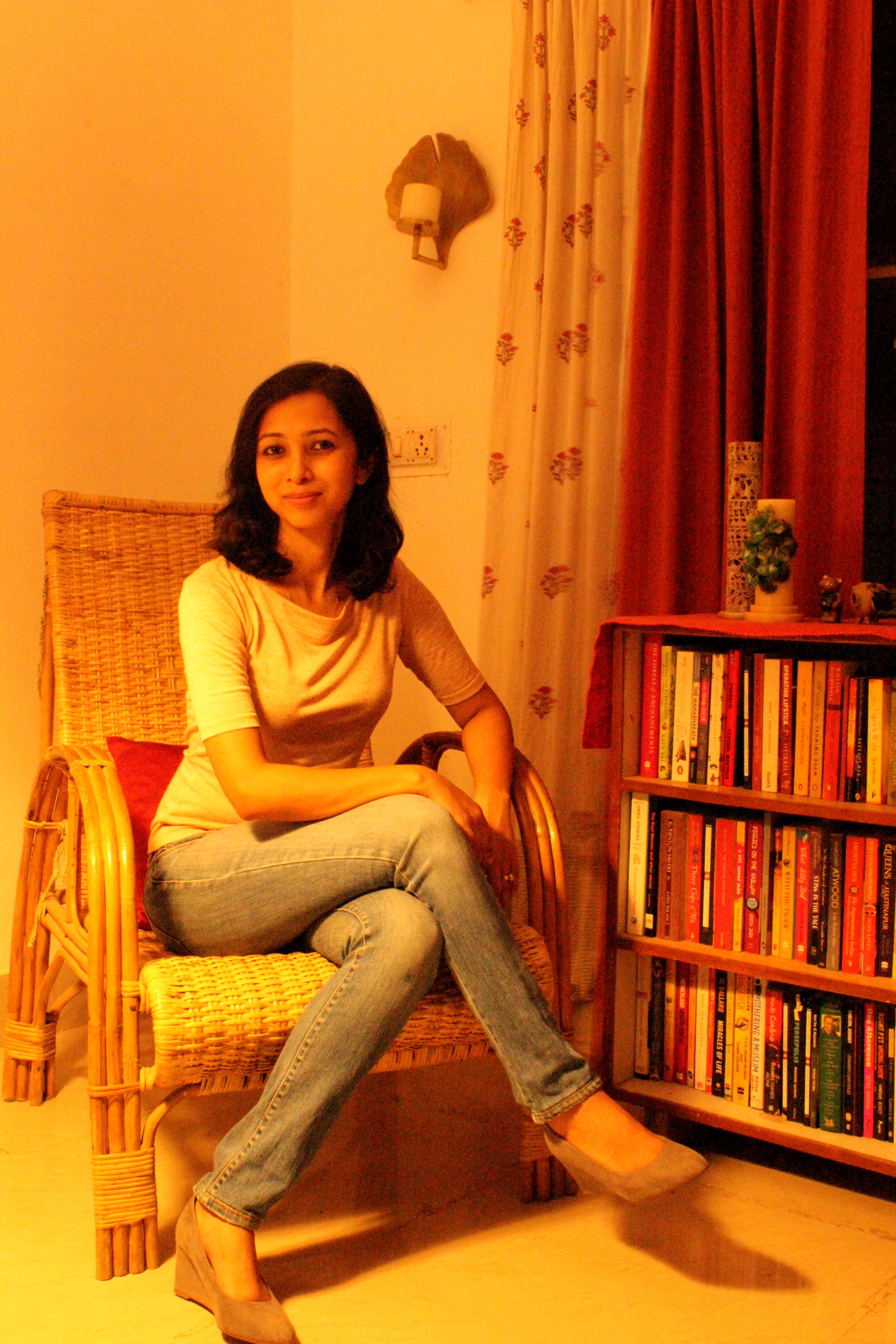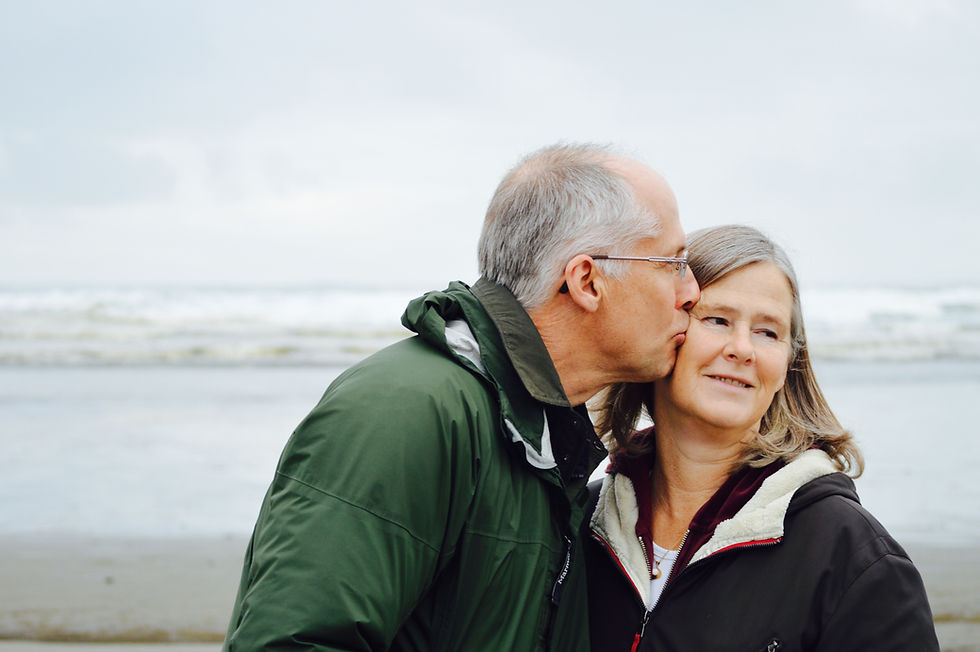When a virus puts the focus back on a basic necessity
- Azera Rahman

- May 23, 2020
- 4 min read
Updated: Jul 17, 2021
For South Asia Monitor.
Yes, it is 2020, and access to clean, potable water is still out-of-reach for hundreds of thousands of people in India and across South Asia

Early this year, I had visited a few coastal villages in Odisha, close on the heels of another visit to some hamlets on the fringes of Sri City, the integrated business city of Andhra Pradesh. Far from the fast-paced world - literally for the Odisha villages, and figuratively for the ones near Sri City - both these places had a common thread uniting them: lack of water. A narrative that is so often heard that it now struggles to evoke any emotion in the larger populace, difficulty in access to water is a harsh reality that a large section of the Indian population, as well as in other countries of South Asia, both rural and urban, are still living with.
Recall that all-too-common imagery of a village belle walking with a pot of water on her head? It is time to de-normalise that picture and re-look at our priorities, especially now, when we are contemplating a world where we have to live with COVID-19. Expecting people to wash hands - the proper, 20-second way - in order to keep off the virus when every drop of water in their reach is rationed for, is like trying to fit a square peg in a round hole. It won’t work.
COVID 19 and safe water
In its latest report titled, On the frontline - The state of the world’s water 2020 - WaterAid has said, “By 2050, the number of people who will struggle to get water for at least one month every year, will have swollen to five billion- so over 50 percent of the world’s population.” At home, in India, the situation is similarly grim. One in 10 people in India don’t have access to a safe source of drinking water, and two in five households lack hand-washing facilities with soap and water (Source: WaterAid India).
The Ministry of Drinking Water and Sanitation acknowledged this - in view of COVID-19 - and in a letter dated April 24 directed all states and union territories to ensure piped water connection to all rural households on a priority basis. “The provision of functioning household tap connections will go a long way in practicing physical/social distancing in the context of getting safe water,” the letter said. Time, however, is ticking by fast, and in a fight where the virus is throwing its net far and wide with every passing day, how quickly—and effectively—this will translate into reality, is yet to be seen.
In the meanwhile, women are continuing to stand in snaking queues in front of their community hand-pumps, with pots and buckets in hand. In villages, water-collection is primarily seen as a woman’s job. And so, come hail or storm, summer or winter, women of all ages would wake at the break of dawn to trek to the community hand-pump to collect water. Once their turn comes, they would fill their pots and then carry those heavy vessels on their heads and hips so that the family can finally begin their day. Depending on their needs, they would return to the hand-pump in the evenings as well. In all, water-collection alone would take up three-four hours of the day. In summers, things would become worse - the hand-pump would either break down or dry up, and women would have to walk further, to a pond, or a well for their needs.
Access to water
In one of the villages near Sri City, where WaterAid India had helped start a mini piped water supply scheme, a woman told me that her life changed dramatically once the tap was installed in her house. The community mostly depended on collecting and selling forest produce for a living. “Now that I have a tap in my house, I save about four hours of my day, and can collect more tree resin,” Poulamma, the woman, told me. The resin, once dried, is sold at Rs. 300 a kilo. Being able to collect more resin meant being able to earn more. “For the first time, I can spend money on buying something that I want,” she had said. And all this because of a tap.
Access to water, therefore, is not just a health and sanitation issue but also one of livelihood and improving one’s quality of life. Poulamma’s is just one of the many examples that can be found across the country.
Access to water is a human right - one that forms part of the Sustainable Development Goal 6, of which India is a signatory. SDG 6 pledges the availability and sustainable management of water and sanitation for all by 2030. Work is being done, but not nearly enough. It is the year 2020 and one in five child deaths due to severe diarrhoea are in India. Repeat - Diarrhoea: a preventable, water-borne disease.
Yes, it is 2020, and access to clean, potable water is still out-of-reach for hundreds of thousands of people in India and across South Asia - particularly, Pakistan, Bangladesh, Afghanistan and Nepal. Ironically, it took a virus to wake us up to the water crisis and for the Indian government to fast-forward the process of providing people with access to a basic necessity.




Comments